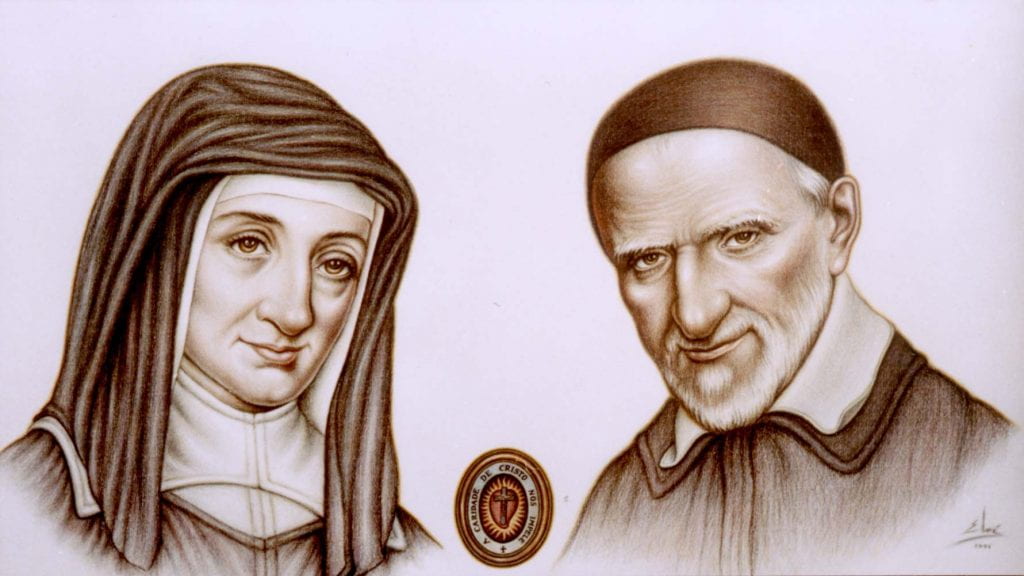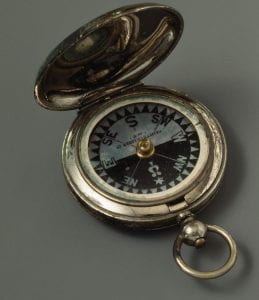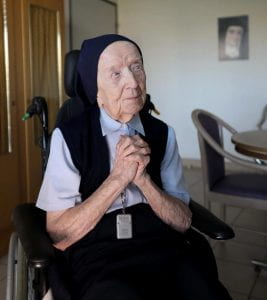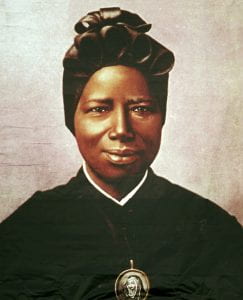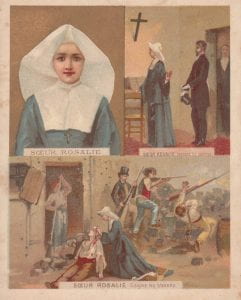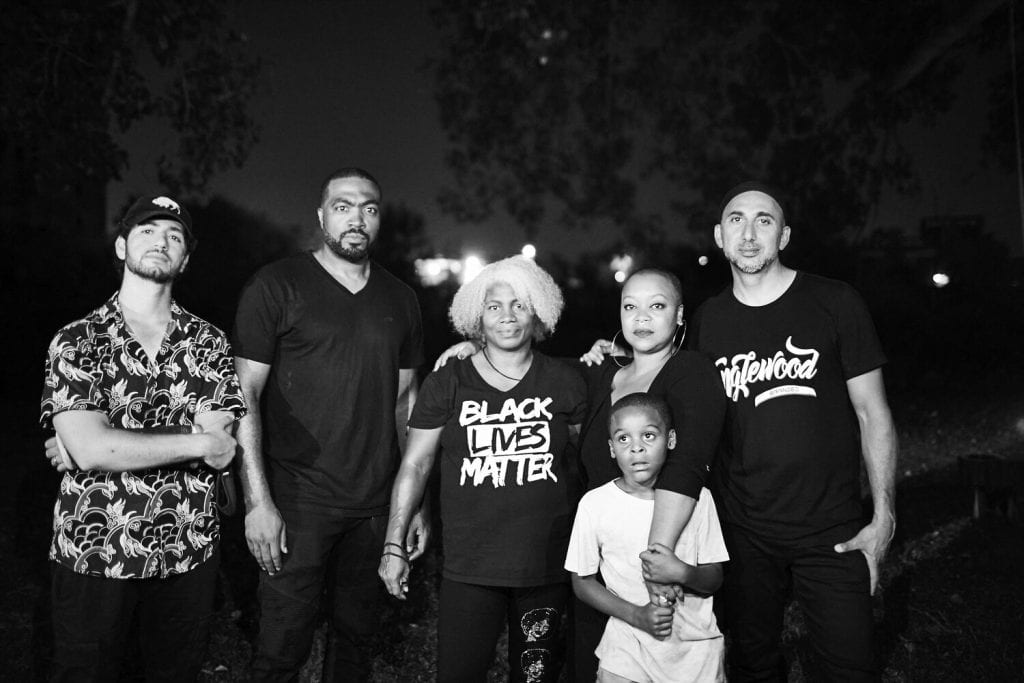On Seeds in the Vincentian Tradition
– On the 361st anniversary of Louise de Marillac’s death, 15 March 1660 –
God, who created “every kind of plant that bears seed and every kind of fruit tree on earth that bears fruit with its seed in it… saw that it was good.”(1) Our Creator also sowed seeds of the mission in the hearts of Vincent de Paul, Louise de Marillac, and their associates.(2) Those seeds of hope developed into the Vincentian Family which fulfils the Vincentian mission around the globe. In their conferences and writings, Vincent and Louise frequently referred to grains and seeds, particularly the mustard seed. Most religious traditions embody “seeds of the Word.”(3) In seventeenth-century France, Christians understood the allegorical use of the mustard seed as the “word of God” in the Parable of The Sower in Sacred Scripture.(4)
Raised in the rural marshlands of the Landes district of Gascony, not far from the Pyrenees, young Vincent de Paul learned to work the land and care for flocks of sheep. Before he left the farm at fifteen to attend school in Dax, Vincent probably helped his family plant hard-shell seeds of millet. When “cooked in a pot and poured into a dish,” this nutritious staple resembles fluffy mashed potatoes.(5) Memories of rural life remained vivid to Vincent, especially when he spoke from experience and referred to the “Good country folk…[who] sow their seed and then wait for God to bless their harvest.”(6)
After moving to Paris, Vincent shifted from an agrarian focus to priestly service. He realized that relationships and events are like seeds. Each contains covert energy. Through his relationship with the Gondi family, Vincent discovered a spiritual poverty among the peasants residing on the family estates. When learning of their situation, Mme. de Gondi asked “What must be done?” This good woman planted the first seed of the mission. Her query and Vincent’s zeal produced the Congregation of the Mission (Vincentian Priests and Brothers) in France in 1625. The first mission preached by Vincent at Folleville in 1617, “has always been considered as the seed for all the others to follow.”(7)
Months later at Châtillon, after visiting the home of a family where illness prevailed, Vincent grasped both their need of assistance and the full extent of material poverty. His awareness became a root for creativity and practicality to grow into action as organized charity.(8) At Vincent’s invitation, women of the town “joined forces to take their turn to assist the sick poor,” thus forming the first Confraternity of Charity. This seedling would develop branches, initially in Paris. Soon, pastors replicated this model throughout France.(9)
In 1623, another event in Paris embedded seeds of hope deep within a distressed wife and mother seeking interior peace. Louise de Marillac had an extraordinary experience of light (or lumière), which freed her from anxiety and doubts. Inner peace permeated the core of her being. Aware that she would “live in a small community” and “help her neighbor,” Louise “did not understand” how that would be possible since “there was to be much coming and going.”(10) As a widow several years later, Louise began to assist with Vincent de Paul’s charitable works. Recognizing her potential, in 1629 Vincent sent Louise to Montmirail as his deputy. This was the first of many supervisory visits to the Confraternities of Charity.
Marguerite Naseau, a woman from the countryside, learned that volunteers were caring for sick and impoverished people through the Confraternities of Charity in Paris. She heard Vincent preaching and shared her desire to render such charitable services.(11) Perceiving that this encounter held a seed of great value, Vincent sent Marguerite to Louise de Marillac, now his collaborator. Louise formed the women who desired to commit themselves to be servants of the sick poor, and Marguerite became the first Servant of the Sick Poor. Together, Marguerite, Louise, Vincent, and the first sisters planted the seeds of mission, which developed into the Company of the Daughters of Charity in 1633. The Ladies of Charity of the Hôtel-Dieu was the next foundation established in Paris in 1634.

As a Catholic priest and man of action, Vincent de Paul proclaimed the word of God like seeds sown in the hearts of his listeners awaiting their moment of grace.(12) For persons in need, Vincent was generous and practical. His benevolence included “money, food, clothing, medicine, tools, seed for sowing, and other necessities to sustain life.”(13) A master of dialogue and diplomacy, Vincent responded to the grace of the moment, believing that God speaks through events, encounters, persons, and sometimes grains of millet.(14)
Elizabeth Seton used the image of sowing “the little mustard seed” in reference to her own Sisters of Charity of St. Joseph’s.(15) She reminded the women that “Every good work…we do is a grain of seed for eternal life.”(16) In a meditation comparing heaven to a mustard seed, Louise de Marillac wrote, “I am “well aware that this seed contains great strength within itself, both in its capacity to multiply and in the quality it gives to everything that is seasoned with it.”(17) Her deep desire was that the “seed may grow to its full perfection.”(18) Vincent would have certainly affirmed the important role of each person in collaborating to plant and nurture seeds of the mission to flourish.
Believe me, there is nothing like being faithful and persevering for the greater good once we have committed ourselves. May we be faithful to the mission of DePaul University in following the “way of wisdom.”(19) Let us be persons of integrity who honor the dignity and humanity of everyone, and let us embrace our responsibilities to one another and the common good. The result will be that we shall grow in virtue and God’s grace as the tiny grain of mustard seed grows into a large shrub over time.(20) I pray that the DePaul University community collaborates to transform society—to eliminate racism and eradicate oppression—so that mutual respect, justice, compassion, and peace may prevail for all people.
Reflection Questions:
- How familiar am I with the energy of seeds? Their potential? What seeds have I planted? Nurtured? Harvested?
- How sensitive am I to inner prompts that invite me to reflect on and recognize the veiled wisdom in unplanned events and providential encounters?
- What helps me realize that an event or comment contains a powerful seed of hope or truth? How do I acknowledge its presence? How willing am I to respond by taking practical action?
- As a member of the DePaul University community, what seeds would I like to plant? Seeds of hope? Seeds of equity? Seeds of respect? How could I nurture the growth of more seeds of the mission?
View the Seeds of the Mission Campaign Postscript
1) Genesis 1:11-12.
2) Louis Abelly, The Life of the Venerable Servant of God, Vols. 1-3 (Vincentian Studies Institute, 1993), 2:31. See: https://via.library.depaul.edu/abelly_english/4
3) Ad Gentes, §15. See: http://www.vatican.va/archive/hist_councils/ii_vatican_council/documents/vat-ii_decree_19651207_ad-gentes_en.html
4) Luke 8:11.
5) Cooked millet has a fluffy texture and slightly nutty flavor. See Conference 13, Imitating the Virtues of Village Girls, 25 January 1643, CCD, 9:70. At: https://via.library.depaul.edu/coste_en/
6) Ibid., 73-4.
7) Abelly, Life, 1:61.
8) Conference 23, Maxims of Saint Vincent, “Order in the Service of Charity,” CCD, 12:383.
9) Document 1248, Foundation of the Charity in Châtlllon-Les-Dombes, 23 August 1617, CCD, 13b:3.
10) A2, Light, in Louise Sullivan, Spiritual Writings of Louise de Marillac (New York: New City Press, 1991), 1. At: https://via.library.depaul.edu/ldm/11/
11) Conference 24, Love of Vocation and Assistance to the Poor, 13 February 1646, CCD, 9: 194; Conference 12, The Virtues of Marguerite Naseau, [July 1642], CCD, 9:64-6.
12) Abelly, Life, 2:99.
13) Cf. Ibid., 1:204.
14) Letter 704, To Bernard Codoing, 16 March 1644, CCD, 2:499.
15) 7.117, Elizabeth Ann Seton to Antonio Filicchi, 16 September 1817, in Regina Bechtle, S.C., and Judith Metz, S.C., eds., Ellin M. Kelly, mss. ed., Elizabeth Bayley Seton Collected Writings, 3 vols. (New City Press: New York, 2000-2006), 2:508. See: https://via.library.depaul.edu/seton_lcd/
16) 10.2, Red Leather Notebook, Maxims, Ibid., 3a:488.
17) A.37, “Heaven Compared to a Mustard Seed,” in Sullivan, Spiritual Writings, 803.
18) Ibid.
19) Proverbs 4:11.
20) Conference 162, Repetition of Prayer, 19 November 1656, CCD, 11:346.
Reflection by: Betty Ann McNeil, D.C., Vincentian Scholar-in-Residence, Division of Mission and Ministry
